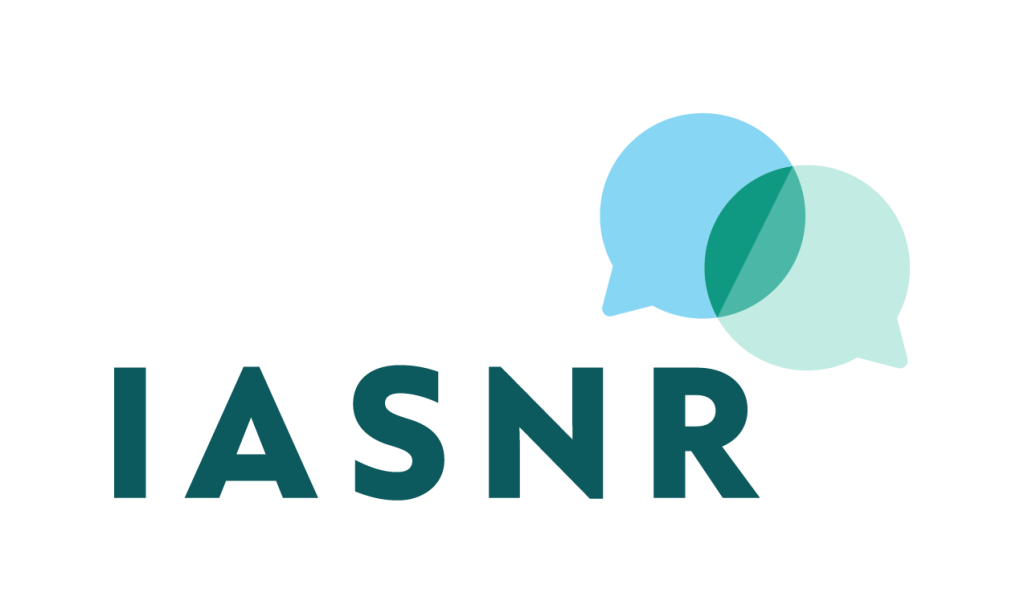Project title: Linking human behavior and attitudes to spillover of SCV2 at the cervid-human interface
Salary: Minimum of $60,000
Start Date: September 1, 2023 (with flexibility between September 1 and December 1 start date) for a two-year position.
Apply by: Open until filled. Apply by August 15, 2023 for full consideration
To apply: Applications should be made to the University of Minnesota using the job application system for external candidates. Please search “External Candidates” for Job ID Number: 356225
https://humanresources.umn.edu/content/find-job
Project Summary: The purpose is to understand how human behaviors, human-white-tailed deer (WTD) interactions, land use, and ecological context contribute to SARS-CoV-2 (SCV2) infection dynamics in WTD populations. SCV2-positive WTD are being detected across states and counties that vary in human population density (rural to urban) and incidence of SCV2 in humans. While our understanding of how WTD acquire infection from humans in natural settings remains weak, the observation of WTD infections across a wide-ranging geographical context suggests that spillover is frequent, potentially through multiple routes. Currently there are many different hypotheses about risk factors for spillover – e.g., urban parks, crowded campgrounds in National parks, popular hunting lands, etc., but little data to distinguish among these hypotheses. It is likely that the type and frequency of human-WTD interactions vary across these settings. Identifying and quantifying these differences would improve risk assessments for managers to identify optimal control points if needed.
Position Description & Qualifications: The Postdoc will work closely with the UofM PIs and a Researcher 5 in the design and implementation of the study in coordination with 4 collaborating universities. The purpose of the study is to understand how human behaviors, human-white-tailed deer (WTD) interactions, land use, and ecological context contribute to SARS-CoV-2 (SCV2) infection dynamics in WTD populations. There are 4 objectives: 1) Determine the predictive relationship between (a) human values, attitudes, and beliefs and (b) human behaviors at the human-WTD interface; 2) Identify human behaviors and land-use characteristics that may lead to spillover or spillback of SCV2 from humans to WTD; 3) Determine the likely response of individuals to different management interventions (e.g., provision of information about risk and prevention); and 4) Improve risk assessment and forecasting capabilities of SCV2 hotspots in WTD.
This position is renewable for up to 2 years.
- (20% Designs and implements a multi-method qualitative and quantitative study to collect data to understand interactions of white-tailed deer and people to develop a model to better understand the potential for disease spread between deer and people).
- (20% Conducts quantitative/qualitative analyses of data)
- (20% Writes project reports, and develops outreach products for the project)
- (20% Conducts literature reviews and develops manuscripts)
- (10% Other duties including preparing and delivering presentations)
Qualifications
Preferred candidates will have completed a PhD related to wildlife disease ecology, epidemiology, or conservation social sciences and have experience or interests in the conservation social science related to human wildlife management and interdisciplinary research on wildlife disease management. They should have experience in conducting research and an interest in developing additional research experience and skills with a focus on the conservation social science of disease management in deer or other wildlife species. Preferred candidates also will have interests in developing interdisciplinary theory and in the context of disease ecology and management. Candidates should have an interest in qualitative and quantitative social science methods and analytical skills with a preference towards those with demonstrating experience and interest in developing both qualitative and quantitative analytical skills including the use of statistical packages (e.g., STATA, R) as well as GIS and spatial statistics.
Location: The position is within the College of Biological Science, Department of Ecology and Evolutionary Biology, University of Minnesota, Twin Cities. The researcher will be supervised by and work closely with Dr. Meggan Craft (Associate Professor Ecology and Evolutionary Biology, University of Minnesota, https://cbs.umn.edu/directory/meggan-craft ) and Dr. David Fulton (Assistant Unit Leader Minnesota Cooperative Fish & wildlife Research Unit https://fwcb.cfans.umn.edu/people/david-fulton ). The Minnesota Cooperative Fish and Wildlife Research Unit is housed in the Department of Fisheries, Wildlife and Conservation Biology at the University of Minnesota. Funding is being provided through USDA-APHIS-Wildlife Services with close coordination with Dr. Keith Carlisle, Supervisory Social Scientist / Human Dimensions Unit Leader National Wildlife Research Cent
Compensation and Timeline
The position is available beginning September 1, 2023 with a start date of no later than December 1, 2023. Funding on the project is available for up to 2 years depending upon student performance. Depending on qualification, the Postdoctoral Research Associate selected for this position will receive a minimum initial salary of $60,000/year (negotiable) plus health & other benefits (25.7% of salary) with annual cost of living adjustments.
For additional information, contact David Fulton ([email protected]) Assistant Unit Leader at the Minnesota Cooperative Fish and Wildlife Research Unit.
